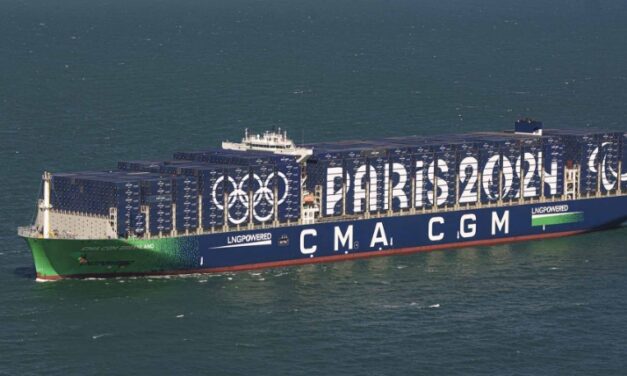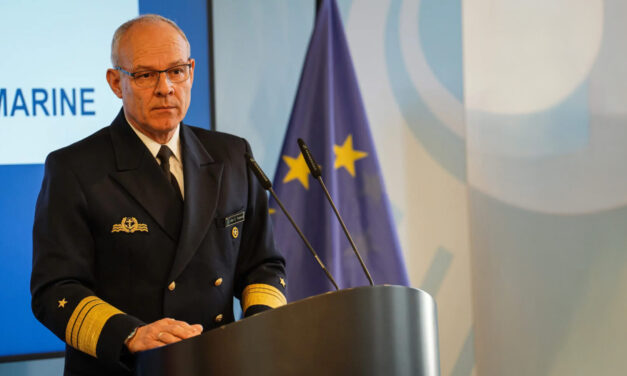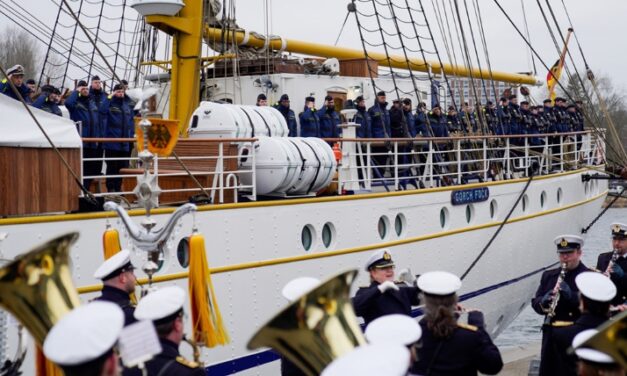Paris: Shipping companies continue to avoid the Red Sea
The French shipping and logistics group CMA CGM is sticking to its longer transit route around the Cape of Good Hope for the time being, although it considers the region to be more stable following the ceasefire agreement between Israel and Hamas, as the group announced in January. The Yemeni Houthi rebels had declared access marineforum digital+ Are you already a registered user? Log in here now - also MOV members: Username Password Remember meLost your password? Don't have access yet? Click here for the marineforum digital+ subscription: Access to all articles from the marineforum magazine Easy payment via PayPal, direct debit or credit card The subscription...
Weiterlesen






Latest comments